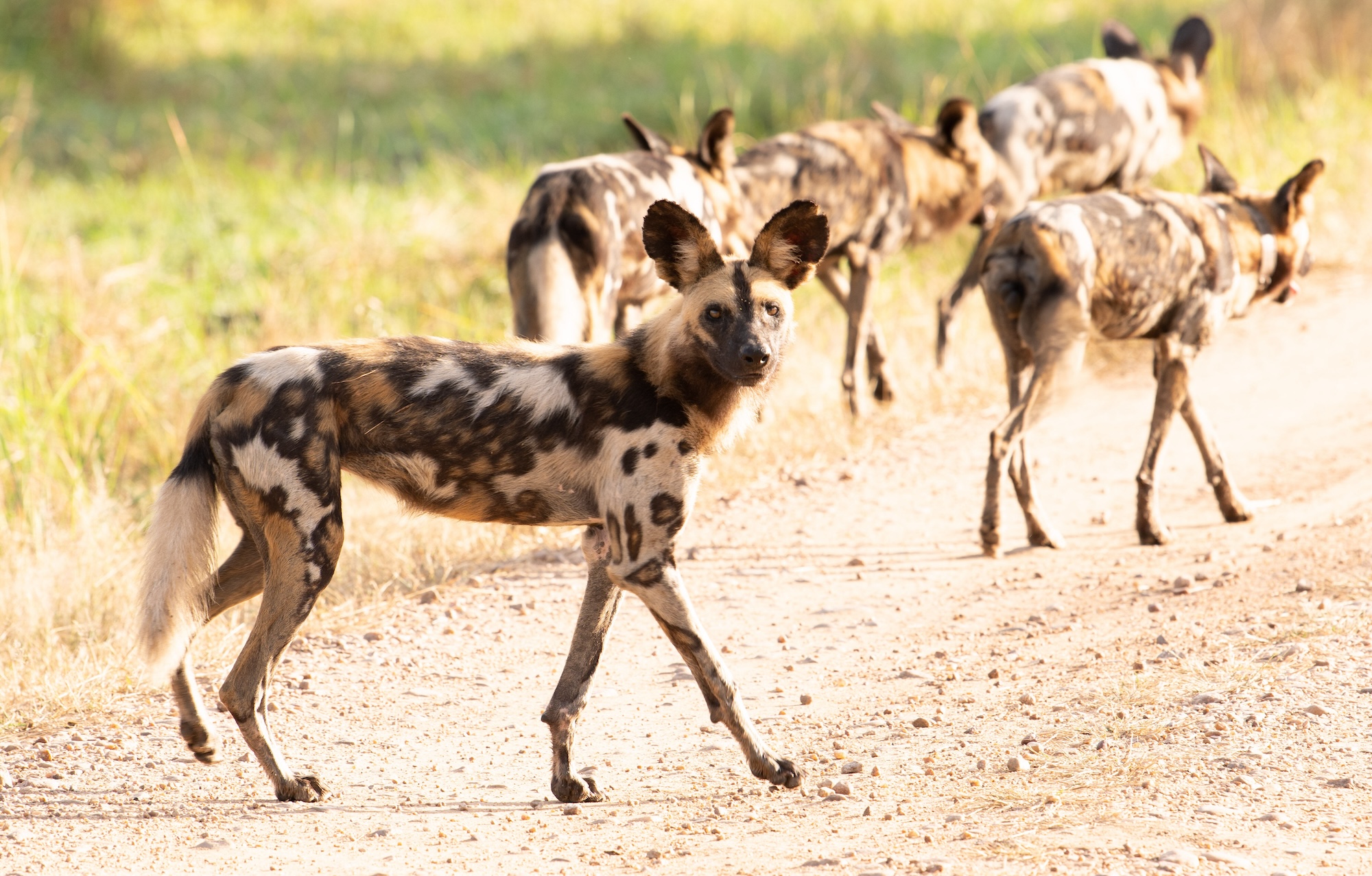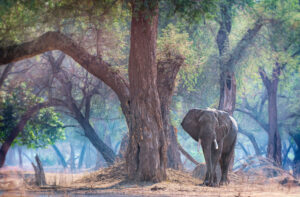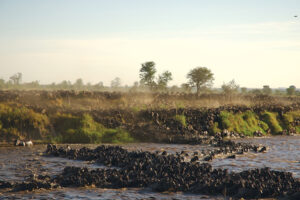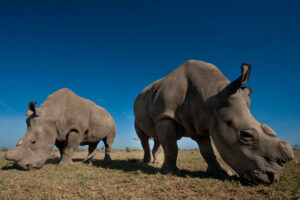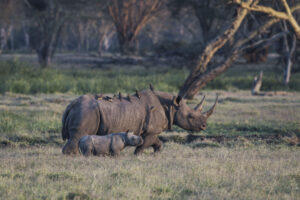
It seems that Zambia’s wild dogs are getting itchy feet. Recent reports from the Zambia Carnivore Programme (ZCP) have noted dogs turning up in previously unknown locations and making unprecedented journeys across – even outside – the country. This has made for excellent sightings. It has also created new conservation challenges.
Perhaps the most surprising report came in 2022. The ZCP team had been monitoring a group of collared females that had left the Luamfwa pack in South Luangwa National Park. After several months wandering the Luangwa Valley, the group crossed into neighbouring Mozambique then, in April, re-emerged in Zambia’s Lower Zambezi National Park. Researchers had long suspected that wild dogs could move between the Luangwa and Zambezi Valleys; this provided conclusive proof. What’s more, the longest previously recorded wild dog dispersal was 600km; these females covered over 2,000km.
Last year, 2023, saw further movements within the Luangwa Valley. The famous Manzi pack disbanded after their alpha female was killed by a crocodile, leading to the formation of splinter groups. Some of these groups travelled across the park and joined other packs, while others entered game management areas, including Munyamadzi to the north.
African wild dogs (aka. painted dogs) cover distance with ease. Their slender, long-limbed build is typical of cursorial predators – those that hunt by stamina rather than ambush. Though capable of topping 60kph, they more typically pursue victims in a stop-start pattern at more moderate speeds, regrouping to start again where necessary. A successful hunt may cover several kilometres, but no individual is left exhausted.
This stamina is also crucial to population dynamics, with youngsters leaving their natal pack at between one and three years of age, striking out in same-sex groups to find a new pack, which they join or take over. This facility for travel both enables the species to expand its range and relieves the genetic pressure on individual populations.
For safari-goers, these recent movements have helped produce a bumper crop of sightings, many involving new packs in new places – such as the Puku Plains pack of South Luangwa, who had their first litter in 2023. However, wandering also brings its hazards. The group that travelled between South Luangwa and Lower Zambezi covered many miles of ‘human-impacted landscapes’ outside national parks. They thus had to avoid lurking snares, angry livestock farmers, collisions with traffic, and diseases such as rabies passed from domestic dogs.
In many respects, they were lucky to make it.
Today the IUCN lists the African wild dog as Endangered, second only to the Ethiopian wolf as Africa’s most threatened carnivore. Zambia is now home to some 26 denning packs, comprising over 400 individuals – a significant proportion of the 6,600 that remain across the continent. It makes Zambia one of only six countries with a viable population. This expansion of that population offers a welcome beacon of hope.
To fulfil this hope, conservation efforts must intensify. Ultimately, protecting wild dogs is as much about protecting the places where they live – ensuring these places are secure and offer enough food, and creating safe corridors along which they can travel. The recent cross-border excursions also emphasize the importance of Trans-Frontier Conservation Areas, like KAZA, which allow safe travel between countries.
In Zambia, ZCP is actively monitoring wild dogs, collaborating with local communities and law enforcement, and boosting the dispersal through translocations, such as the recent reintroduction of wild dogs to Liuwa Plain National Park.
Meanwhile, should you find yourself there on safari, keep your eyes peeled for Africa’s most captivating predator.
Our map of wild dog sightings in Zambia currently rates Anabezi Luxury Tented Camp and Puku Ridge as the best locations for sightings in Zambia, whilst camps in the Okavango and Mana Pools top our charts for the best wild dog sightings in Africa.
If you’ve been inspired and want to find out more, give us a call or enquire now to speak to an expert.
*A version of this article originally appeared in the July 2024 Bush Telegraph newsletter. You can read our recent newsletters and sign-up to receive these in your inbox on our Bush Telegraph newsletter page.
